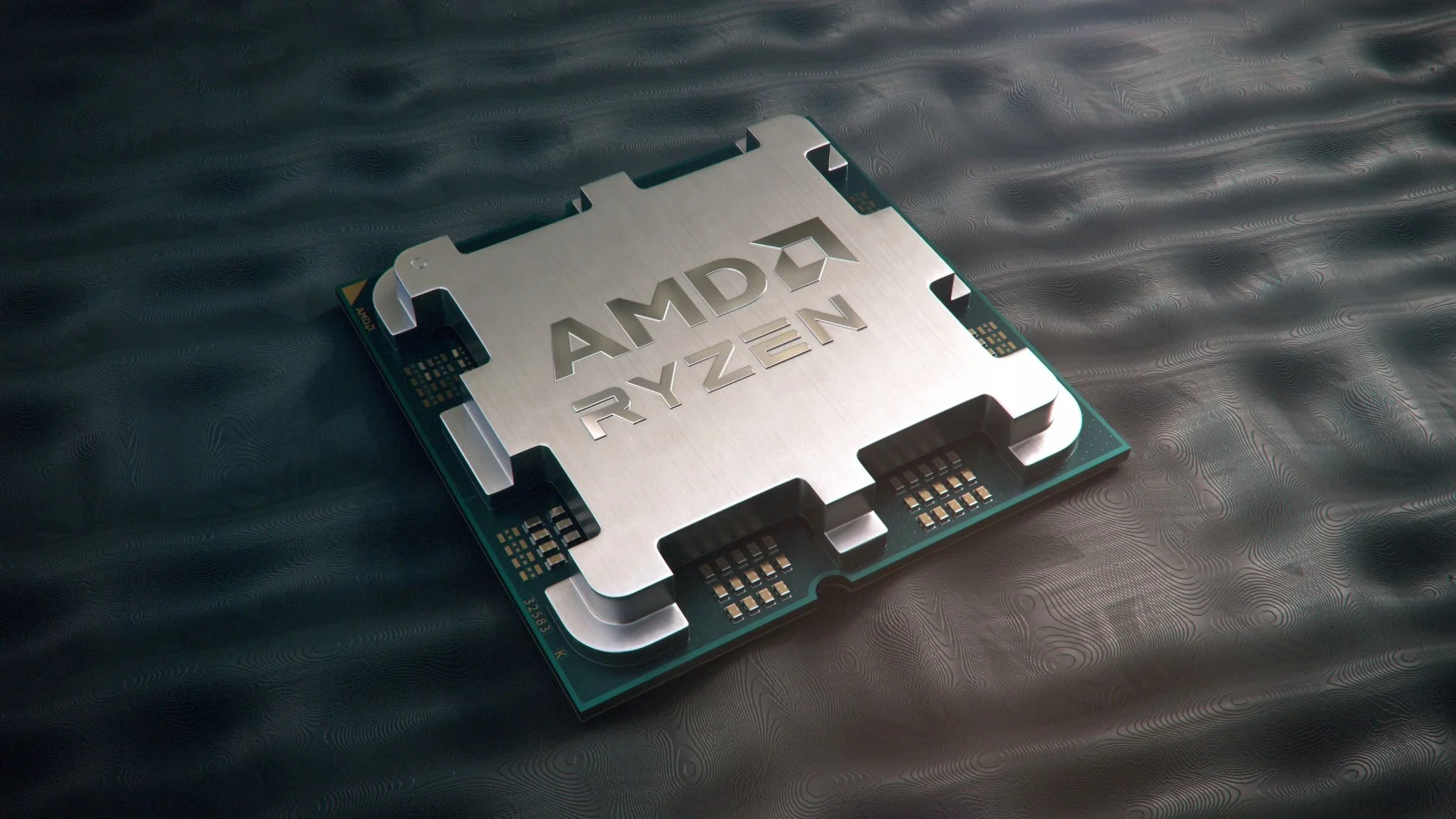AMD just showcased the power of its Strix Halo APU yesterday, but now the company’s upcoming desktop X3D chips, the Ryzen 9 9900X3D and the Ryzen 9 9950X3D, have surfaced in a pair of Geekbench 6 benchmarks (h/t @Olrak29).
The benchmarks showcase both single-threaded and multi-threaded results for both high-end 3D V-cache-equipped chips. The 9950X3D benchmark shows off a multi-core score of 20,465. The chip’s single-core performance results sit at a score of 3,363. The 9900X3D scored 19,227 in multi-core performance, and 3,274 respectively.
The results were generated on a system running a Gigabyte X670 Aorus Elite AX motherboard armed with 32 GB of DDR5-4800 memory.
For the sake of comparison, we can take similar Geekbench 6 results from the AMD Ryzen 9 7950X3D, in addition to the 7900X3D in tow. Do note that since they won’t be running on the exact same platform or configuration, there may be other factors at play outside of the chips themselves.
Swipe to scroll horizontally
|
CPU |
Single-Core |
Multi-Core |
|---|---|---|
|
AMD Ryzen 9 9950X3D |
3,363 |
20,465 |
|
AMD Ryzen 9 9900X3D |
3,274 |
19,227 |
|
AMD Ryzen 9 7950X3D |
2,936 |
18,228 |
|
AMD Ryzen 9 7900X3D |
2,755 |
17,422 |
Using the Geekbench database and pulling out similar runs with previous-generation hardware, we can calculate an average uplift in both single-core and multi-core performance.
The AMD Ryzen 9 9950X3D has a multi-core performance uplift of 11.56% compared to the 7950X3D. The single-core performance also delivers a 13.55% uplift compared to previous-gen hardware.
In contrast, the AMD Ryzen 9 9900X3D delivers a multi-core performance uplift of 9.85%, with single-core also offering an uplift of 17.21%.
While multi-core uplifts are less pronounced when compared to single-core results, these results are very early benchmarks. They are just preliminary results in a synthetic benchmark and are, therefore, not reflective of the overall uplift that both of AMD’s new chips might offer.
However, AMD has claimed that the 9950X3D would be around 13% faster in creator workloads when compared to the 7950X3D.
Both chips are expected to sport two compute dies, one with a 3D V-cache chiplet that boosts L3 capacity, while another chiplet allows the CPUs to boost to higher clock speeds.
While not officially confirmed, both unreleased CPUs will likely have the same reverse CCD structure showcased by the 9800X3D, which may present other advantages. The 9800X3D most notably runs cooler than its previous-generation counterpart, despite having the same 120W TDP.
With that said, the 9950X3D still commands a default TDP of 175W and can boost up to 5.7 GHz, with the 9900X3D sitting at 120W and 5.5 GHz.
Given that results are out in the wild, it’s safe to presume that these two new chips are set to debut fairly soon. AMD has yet to confirm a solid release date or pricing for the Ryzen 9 9950X3D or the Ryzen 9 9900X3D, but the company has said they are due this quarter.
